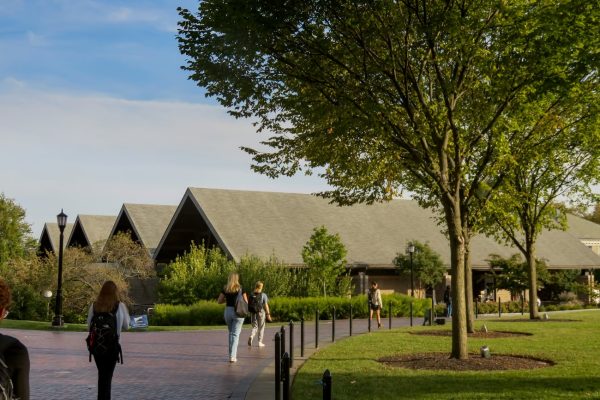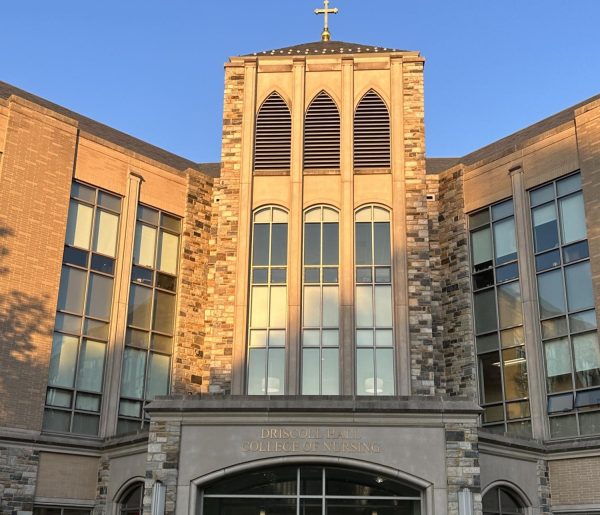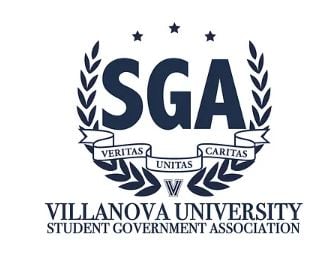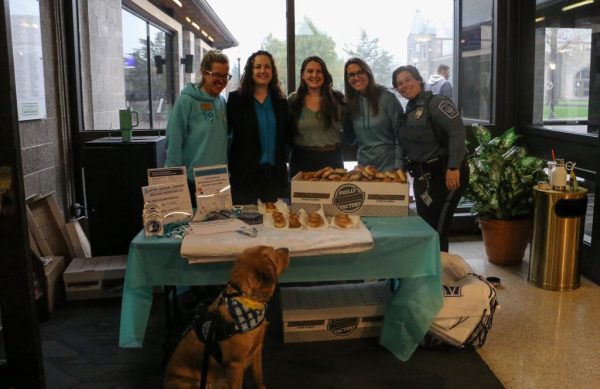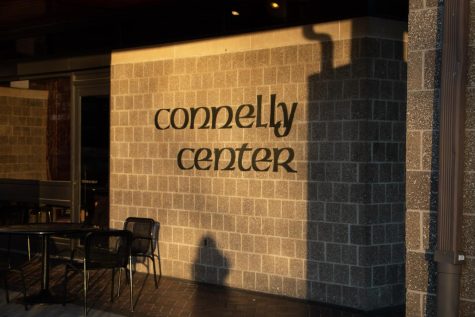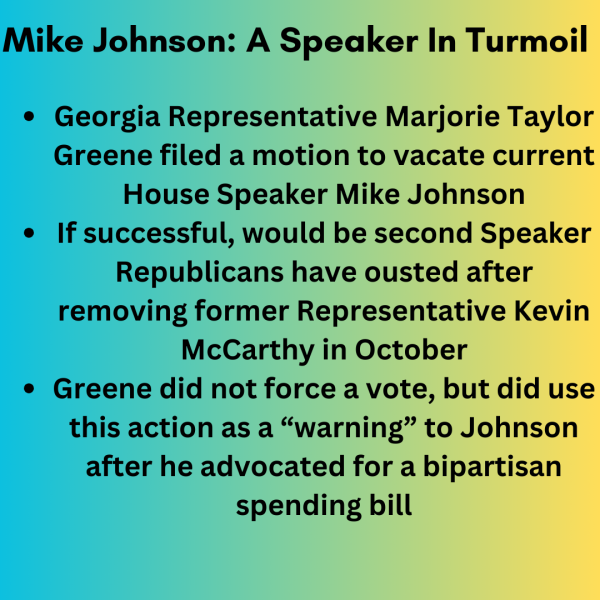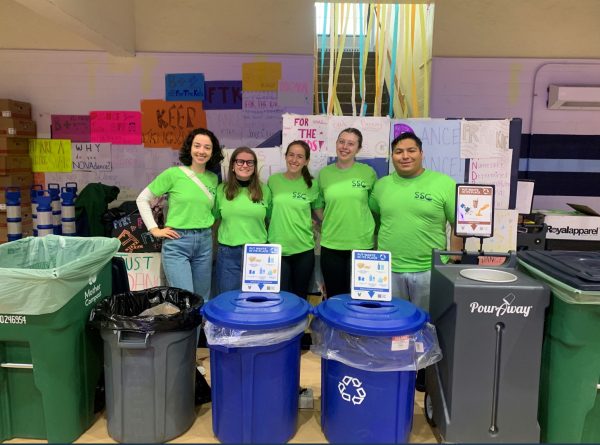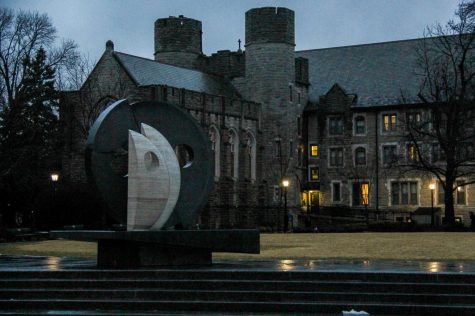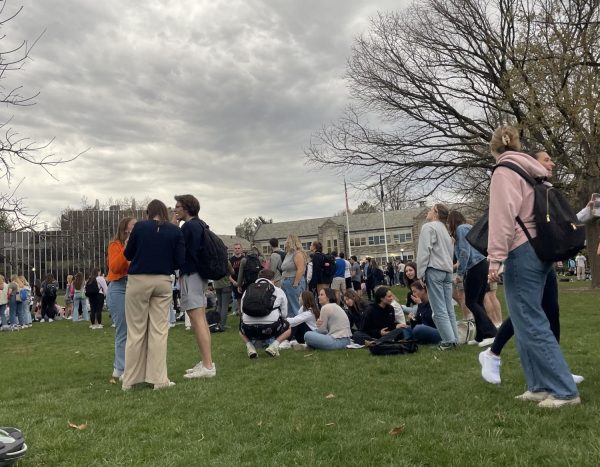Student body diversity
September 25, 2003
While reading the Villanovan online I came across an archived discussion about affirmative action and college admissions. While I cannot offer a solution here (and affirmative action is certainly not the only means to achieving campus diversity), I am dismayed that, according to the National Center for Education Statistics (http://nces.ed.gov/) the Villanova student body is still so unbalanced ethnically.
According to the NCES, Villanova is 83.6% white and less than 12% Asian, African American or Hispanic. By comparison, Georgetown is 68.3% white and over 20% Black, Asian, or Hispanic. When one considers that even Georgetown is behind the curve in having their student body reflect the US demographic for black and latinos (almost 25%), Villanova’s commitment to diversity seems suspect.
When I graduated in 1989, the administration seemed eager to grow out of Villanova’s image as a status quo regional school of mostly northeast suburban students and take its place among the leading national institutions of higher learning. The stated goals were more diversity, a more national flavor to the undergraduate population, and an ongoing recruiting effort to get more minority students. With numbers like these, I question the recruiting initiatives that were brought up so many years ago. How can Villanova, a school that has overcome so much, be so bad in this one area? Is it incompetence or lack of effort? Either way, it takes more than words to get the job done.
I am grateful to VU for preparing me for post grad life in many ways. In addition to outstanding academic opportunities, I had wonderful experiences with Greek Life, New Student Orientation, and Crew, among many other things. However, I credit being a New Yorker, not my time on the Main Line, as uniquely preparing me for engaging in commerce in the real world with persons of all types of backgrounds. While VU doesn’t owe me anything, it certainly owes itself a good hard look at how it has followed up on a decades old goal and take the necessary steps required to make it happen.
J. Philip Faranda Class of 1989


